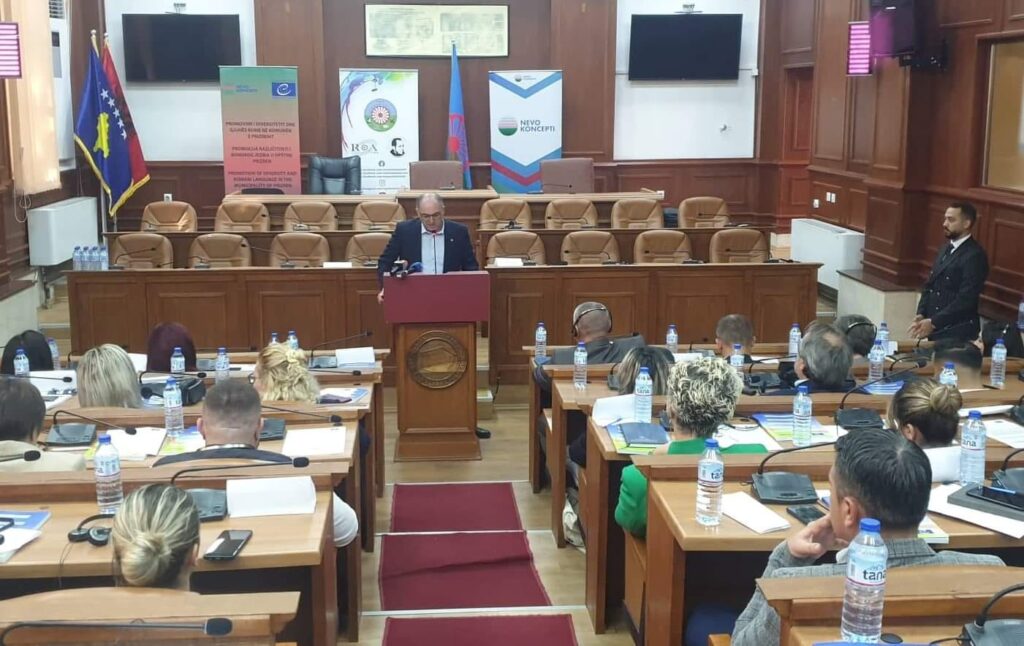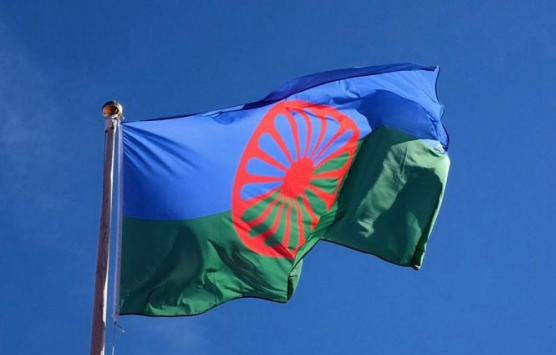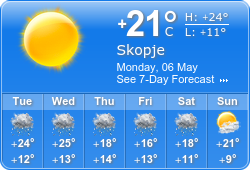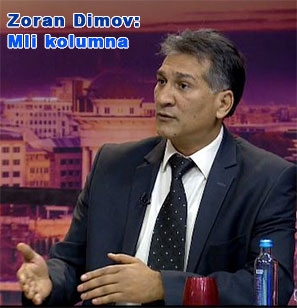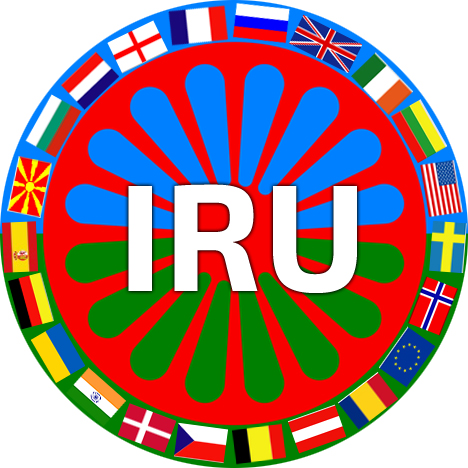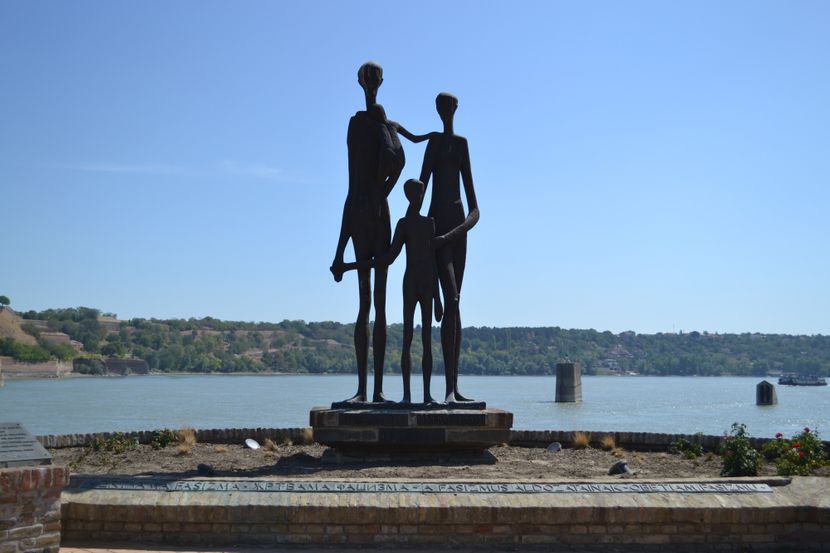
81 years have passed since the bloody January in Novi Sad where around 1,400 Roma, Serbs and Jews were killed
January 23 marks the 81st anniversary of the raids. As every year, the commemoration is held at the Quay of the victims of the raids, in Novi Sad.
That bloody January in 1942 some of the main streets of Novi Sad, Orthodox cemeteries and courtyards of family houses were also places where executions were carried out.
Official figures say around 1,400 civilians were killed in Novi Sad during the three-day raids between January 21 and 23, 1942, but many claim the death toll was higher, up to 4,000 in just three days. In addition to Serbs, Jews and Roma, others, including Hungarians, who opposed the regime were killed in the raids.
The violence in Novi Sad, however, was not an isolated incident, but only one of a series of raids on towns and villages in the Bačka region, during which civilians were executed.
The raids began on January 4, 1942, in the village of Churug, about 40 kilometers from Novi Sad, and then spread to other nearby towns and villages - Žabalj, Gjurdjevo, Gospođinci, Gardinovci, Vilovo, Lok, Moshorin, Shaykashi, Kisac , Srbobran, Temerin and Bechey.
The pattern was almost always the same: the Hungarian army, police and gendarmerie arrested, tortured and killed civilians in warehouses or schools, then threw them into the frozen rivers Danube and Tisza. In some places, the victims were executed on the banks of the rivers.
